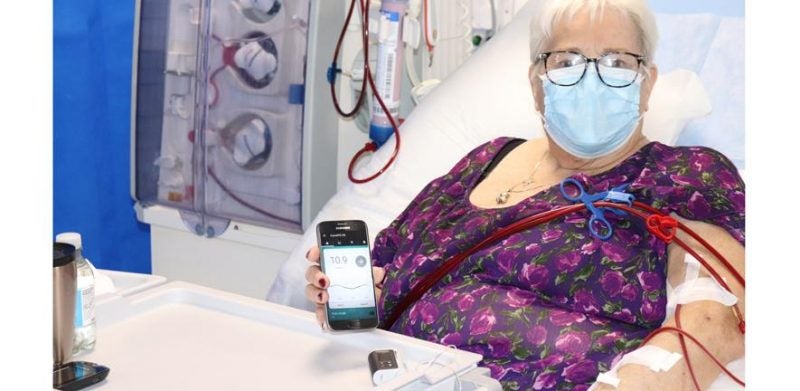
A team of researchers at the University of Cambridge and Cambridge University Hospitals NHS Foundation Trust has developed an artificial pancreas that can benefit patients with both type 2 diabetes (T2D) and kidney failure.
The research team had earlier developed the small, portable system to substitute insulin injections for type 1 diabetes (T1D) patients.
The artificial pancreas can perform the function of a healthy pancreas to maintain blood glucose levels and leverages digital technology for automated insulin delivery.
Worn outside the body, the medical device has three functional components, notably a glucose sensor, a computer algorithm to measure the insulin dose, and an insulin pump.
Software in the patient’s smartphone sends a signal to an insulin pump to regulate the insulin level patient receives.
The glucose sensor calculates the blood sugar levels of the user and sends it back to the smartphone to aid it in making any further changes.
How well do you really know your competitors?
Access the most comprehensive Company Profiles on the market, powered by GlobalData. Save hours of research. Gain competitive edge.

Thank you!
Your download email will arrive shortly
Not ready to buy yet? Download a free sample
We are confident about the unique quality of our Company Profiles. However, we want you to make the most beneficial decision for your business, so we offer a free sample that you can download by submitting the below form
By GlobalDataThe artificial pancreas used for T1D requires the user to tell the device that they are going to eat to permit the adjustment of insulin. The latest version of the device is a completely closed-loop system.
Along with researchers at Bern University Hospital and University of Bern, Switzerland, the UC team tested the device in a trial on 26 subjects with T2D and needed dialysis, in the outpatient setting.
The subjects were randomised to receive either the artificial pancreas and or standard insulin therapy.
Data showed that participants on artificial pancreas spent on average 53% of their time in the target range versus 38% in the control arm, indicating nearly 3.5 additional hours, the university noted.
Furthermore, the mean blood sugar levels were reduced with the use of artificial pancreas.
The device also aided in reducing the number of time the subjects spent with potentially very low blood sugar levels or hypoglycaemia.
On using artificial pancreas, nearly 92% of the subjects noted that they spent reduced time managing their diabetes and 87% were less anxious about their blood sugar levels.
University of Cambridge Wellcome-MRC Institute of Metabolic Science professor Roman Hovorka said: “Not only did the artificial pancreas increase the number of time patients spent within the target range for the blood sugar levels, but it also gave the users peace of mind.
“They were able to spend less time having to focus on managing their condition and worrying about their blood sugar levels, and more time getting on with their lives.”
The researchers are currently evaluating the artificial pancreas in a trial in outpatients with T2D who do not require dialysis.






